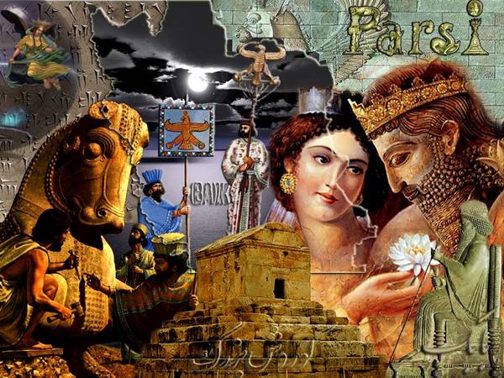 Was passiert eigentlich, fragt man sich, im Iran? Dort, verkünden die Nachrichtenagenturen und die Analysten aller Dienste, passiert gar nichts. Die Bewegung ist vorbei, der Umsturz wird nicht kommen, so wie er niemals kommen wird, und nirgendwo.
Was passiert eigentlich, fragt man sich, im Iran? Dort, verkünden die Nachrichtenagenturen und die Analysten aller Dienste, passiert gar nichts. Die Bewegung ist vorbei, der Umsturz wird nicht kommen, so wie er niemals kommen wird, und nirgendwo.
Die Stille nach dem plötzlichen Aufruhr quält uns, weil sie uns so genau an die Hoffnungslosigkeit und die Monotonie erinnert, die vorher herrschte, und die für eine kurze Zeit unterbrochen schien. Es sah einen Moment so aus, als wäre das Ende einer Fase der Stagnation, des allgemeinen Stillstandes erreicht, die jetzt an die 5 Jahre herrscht, in denen buchstäblich Nichts geschehen ist ausser der langsamen Verschlechterung aller Dinge.
Man kann eine beliebige Tageszeitung von vor 5 Jahren aufschlagen und sie mit einer von vor 2 Wochen vergleichen. Man wird in der Regel keinen Anhaltspunkt finden, welche davon welche ist.
weiterlesen …
 In an interview with Al Arabiya, former Minister and prominent reformist Ataollah Mohajerani has claimed that only 2 of the 12 marja (senior clerics) of Qom support the Government and all others sympathise with the opposition.
In an interview with Al Arabiya, former Minister and prominent reformist Ataollah Mohajerani has claimed that only 2 of the 12 marja (senior clerics) of Qom support the Government and all others sympathise with the opposition.



























